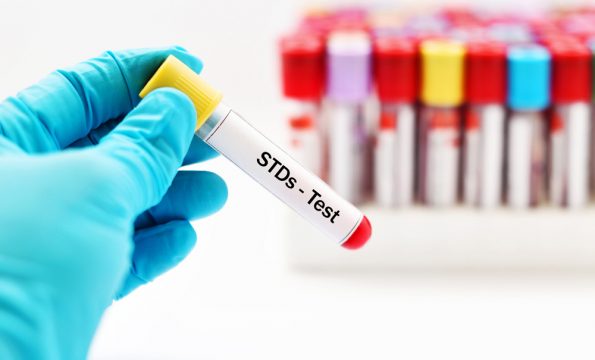-

-

-
Pastor Hal Mayer
Speaker / Director
Record STD Cases in the U.S. Eclipse Previous Record
01 de octubre de 2018
Prophetic Intelligence Briefings are provided to show a link between current events and Bible prophecy only. The reposted articles, which are not intended as a commentary in support of or in opposition to the views of the authors, do not necessarily reflect the views of Pastor Mayer or of Keep the Faith other than to point out the prophetic link.
Latest Message
Make a Gift
Prophetically Speaking…
«The most odious of all oppressions are those which mask as justice.» more…
-
Entradas recientes
- Decenas de muertos y cientos de desaparecidos; el fuego arrasa los rascacielos de Hong Kong
- After hurricane, mosquito-transmitted diseases pile on top of Cuba’s troubles
- Prophetically Speaking…
- Liberal Protestant churches proclaim ‘holiness’ of transgenderism, rebuke Catholic bishops
- Prophetically Speaking…
Tags
Catholic Church church and state Donald Trump government LGBTQ natural disaster politics Pope Francis Prophetically Speaking Quote of the Day religion religious liberty United States VaticanComentarios recientes
- Stephen Chang en Rezar por los difuntos: la más dulce de las obras de misericordia espirituales
- John en Charlie Kirk and the Sabbath rest
- William Stroud en UMC church paints steps in rainbow colors in opposition to governor’s directive
- William Stroud en La policía india detiene a un pastor tras un ataque extremista hindú
- William Stroud en Desde Israel hasta Estados Unidos, el vicepresidente JD Vance no oculta su religión
Follow





Comments